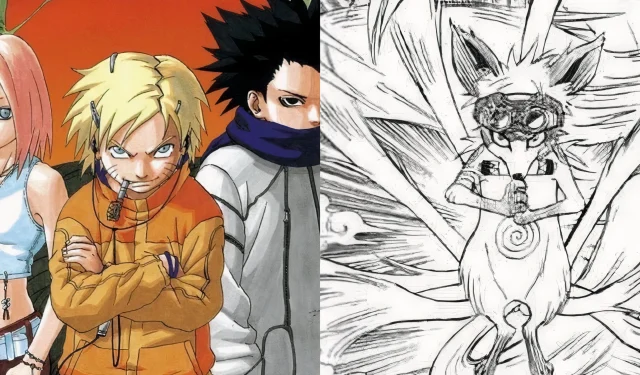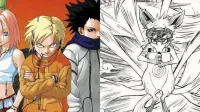This article contains spoilers from the Naruto series.
Overview
- Initially, Naruto Uzumaki was conceived as a shape-shifting fox.
- The creator, Masashi Kishimoto, later transformed the character into a human.
- This evolution contributed significantly to Naruto’s widespread popularity and relatability.
Table of Contents
- Kishimoto’s Original Vision for Naruto
- The Evolution of Naruto Over Time
- Did Kishimoto’s Revised Concept Work?
Naruto Uzumaki, the central figure of the Naruto series, stands as a cultural icon, beloved by fans worldwide. His journey from an underdog to a powerful ninja resonates deeply with millions, making him one of the most recognizable fictional characters today. However, the Naruto we know today is markedly different from Kishimoto’s original concept, which has undergone numerous transformations throughout its development.
Kishimoto’s Original Vision for Naruto
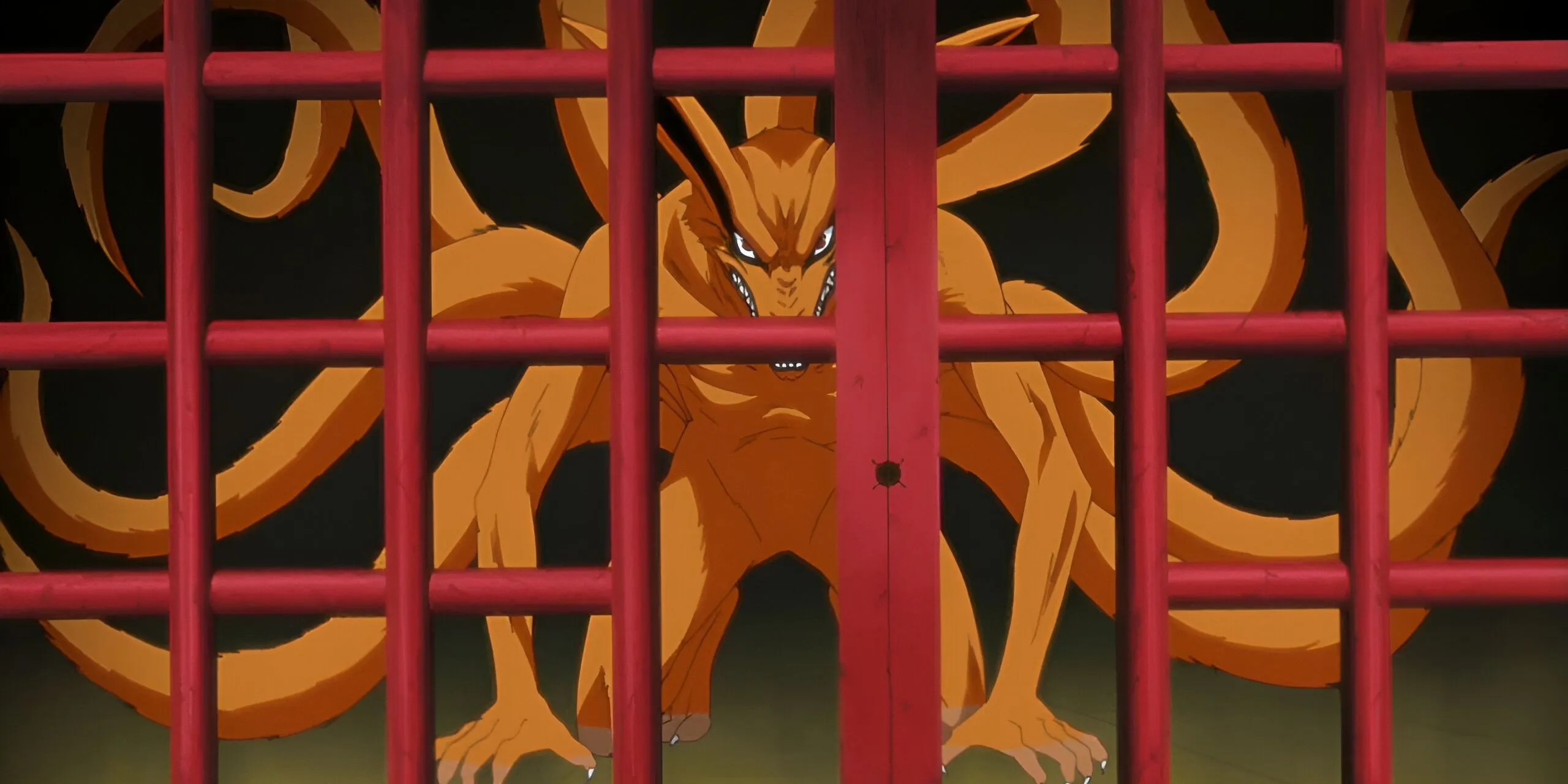
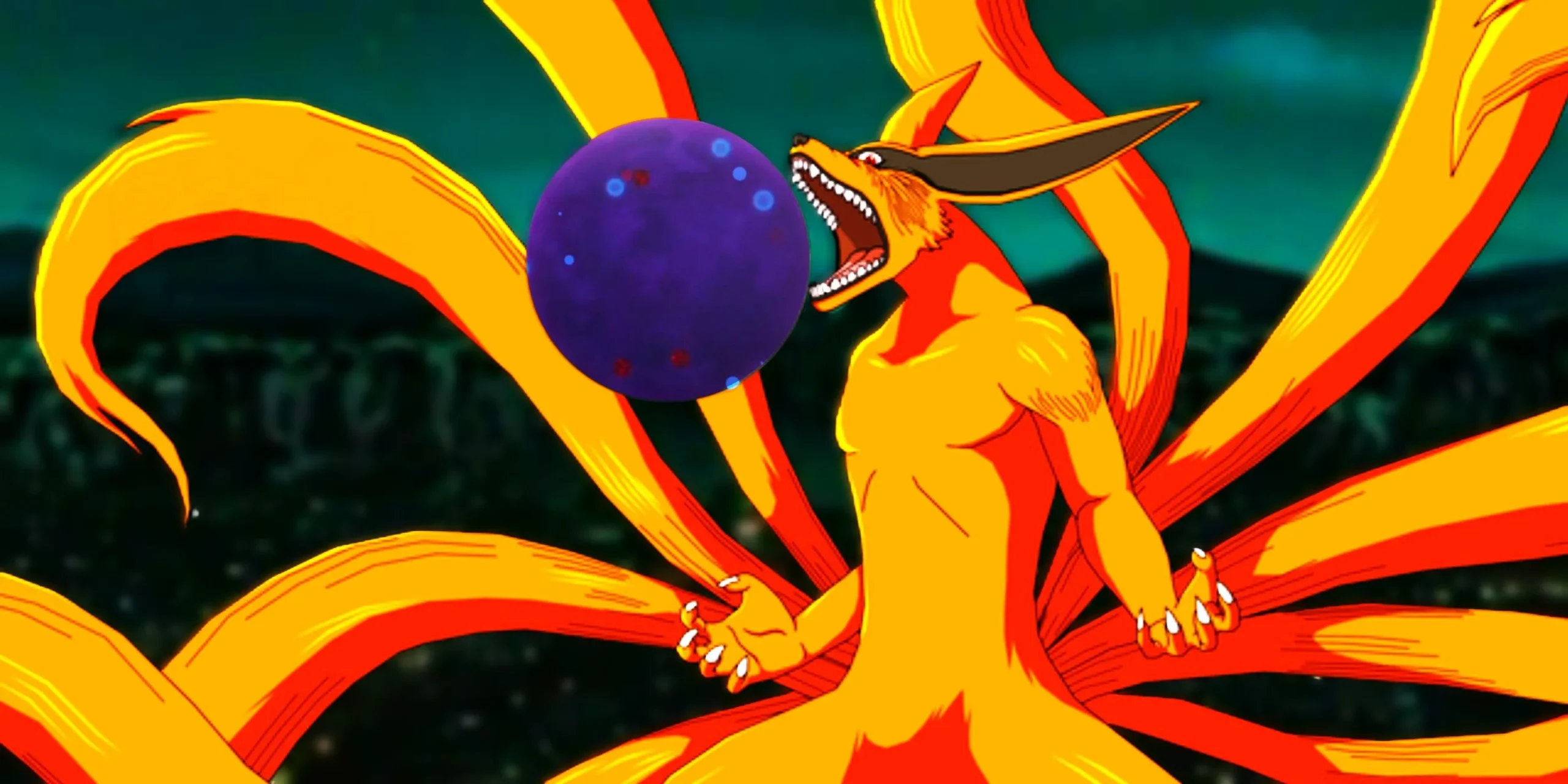
Initially, Kishimoto had a very different idea for Naruto Uzumaki. Contrary to the ninja persona fans are accustomed to, he originally viewed Naruto as a youkai—a mythical creature from Japanese folklore. Specifically, Naruto was envisioned as a fox capable of shape-shifting into a human form. This early concept marked a significant departure from the eventual storyline that incorporated themes of ninjas, hidden villages, and complex interpersonal relationships.
Kishimoto’s fascination with animals extended to other characters in the series; the Third Hokage was initially intended to be a monkey, and the Fourth Hokage was conceived as a dog, drawing parallels to the ninken related to Kakashi. This emphasis on animal characters highlights Kishimoto’s original creative direction.
The Evolution of Naruto Over Time
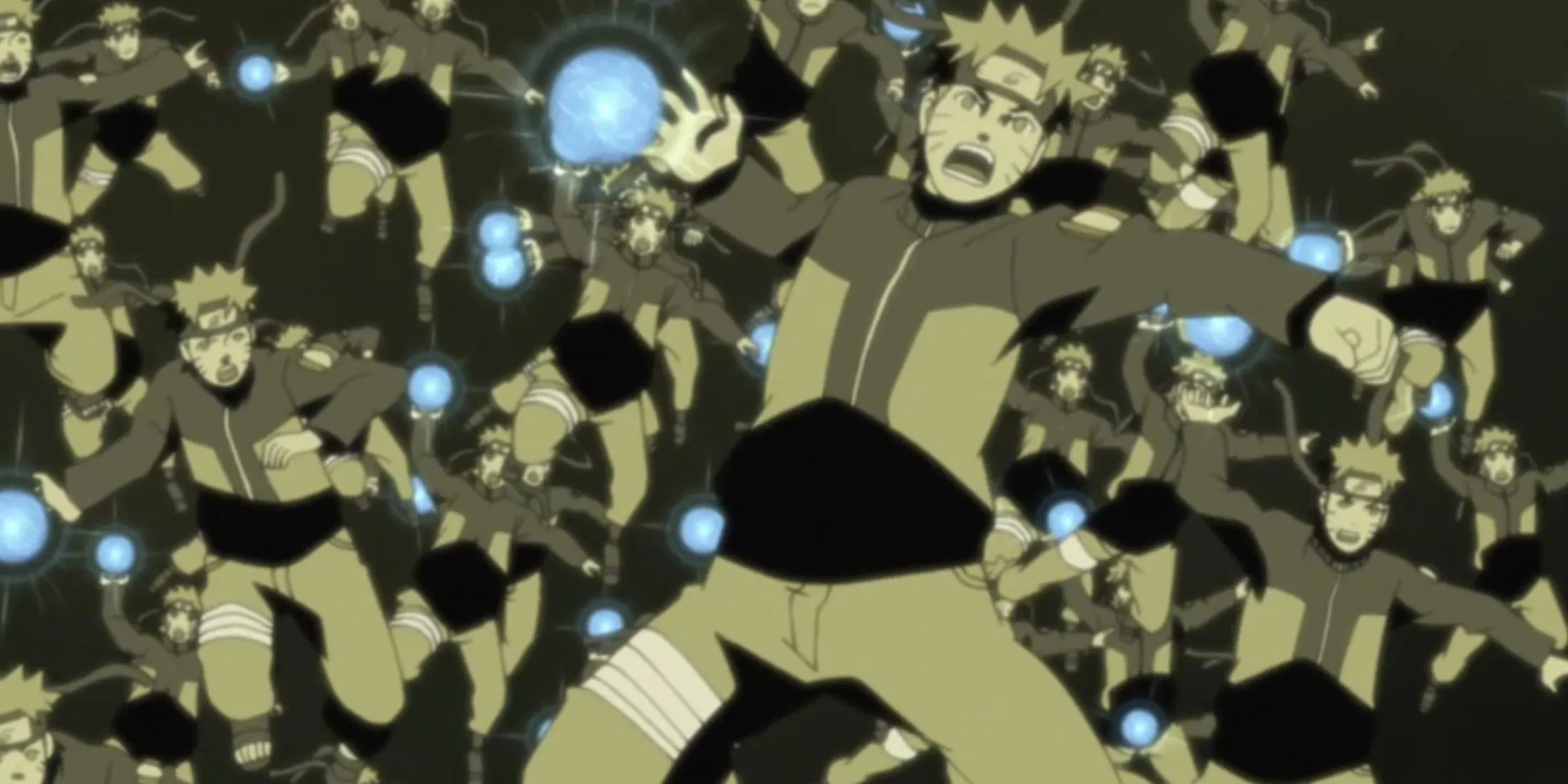
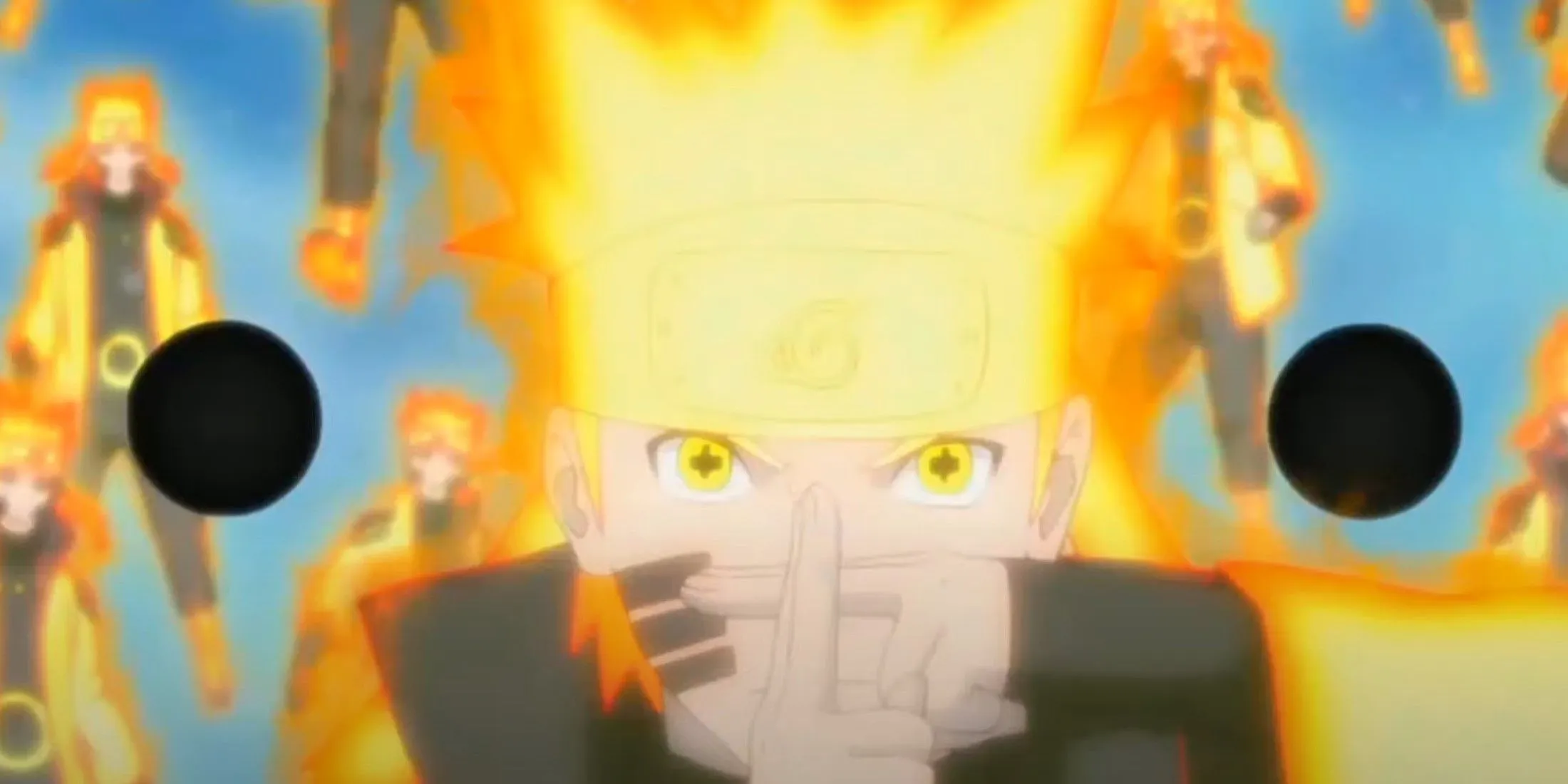

As Kishimoto continued to develop the narrative, the character transformed significantly—moving away from his animalistic roots to become the human ninja fans know and love. This shift was influenced by the saturation of ninja-themed manga in the market, motivating Kishimoto to make Naruto visually distinctive: he chose a blonde hair color to set him apart as a character who stands out rather than blending into the typical ninja archetype.
In redefining what it meant to be a ninja, Kishimoto portrayed them not merely as warriors who perish in battle, but as protectors of their communities. His vision resulted in a world where ninjas are active contributors to society rather than hidden foes, ultimately enriching the plot and character dynamics of the series.
Did Kishimoto’s Revised Concept Work?
The Original Plan Might Not Have Been As Good
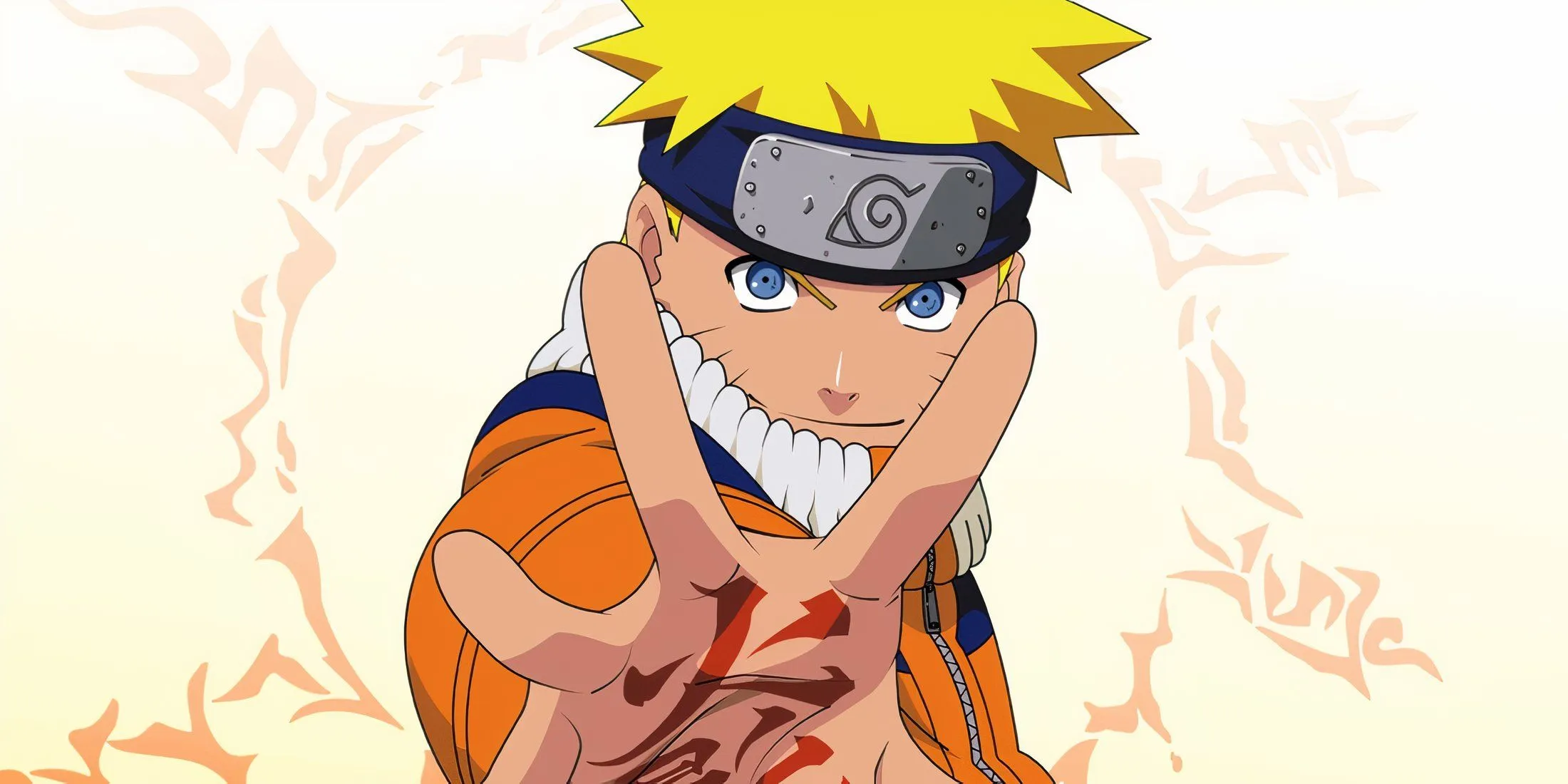

The details of Kishimoto’s initial plans remain largely obscure, yet it is evident that his creative journey was marked by significant changes that paved the way for the Naruto franchise’s success. The dynamic story of a boy harboring a powerful fox demon is far more compelling than merely presenting a shape-shifting creature. Kishimoto’s willingness to adapt and evolve his ideas clearly played a pivotal role in crafting a narrative that resonates with a broad audience and stands the test of time.
For fans interested in exploring Naruto’s adventures further, the series is readily available on MangaPlus and the Shonen Jump app. Reading it officially supports the work of the creator and the ongoing legacy of this beloved character.
